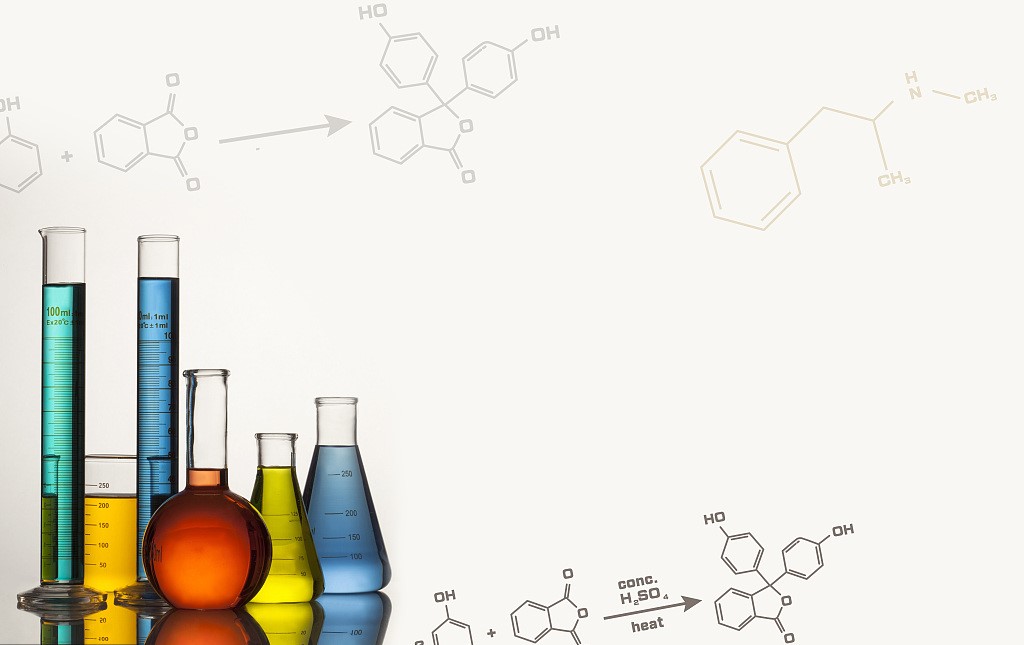扫一扫 添加小助手
服务热线
13818320332
扫一扫 关注我们
 12月4日,世界卫生组织(WHO)于发布《药品生产技术转移指南》(WHO guidelines on the transfer of technology in pharmaceutical manufacturing),提供了药品技术转让期间应考虑的指导原则。
12月4日,世界卫生组织(WHO)于发布《药品生产技术转移指南》(WHO guidelines on the transfer of technology in pharmaceutical manufacturing),提供了药品技术转让期间应考虑的指导原则。
该文件目前正处于收集意见期,截止日期为2021年2月。此后,将于2021年2-3月份提交专家工作组,进行讨论,完善后进行第2轮意见收集。最终修订稿计划于2021年10月份,提交第56药物制剂专家委员会(ECSPP)。
本指南主体部分分为12个章节,内容如下:
背景
1.简介
2.范围
3.术语
4.尽职调查和差距评估
5.组织与管理
6.质量管理和质量风险管理
7.文件
8.设施
9.设备和仪器
10.确认和验证
11.产品生命周期和项目管理原则
12.技术转移项目的阶段
往期推荐
(1)WHO最新发布指南:药品生产技术转移
(2)WHO最新指南:药品技术转移,40个术语
(3)药品技术转移:如何评估与组织?|WHO最新指南
以下是该指南的7-9章内容:
7. 文档
Documentation
Note: A list with examples of documents commonly required in technology transfer is presented in Appendix 1.
注:附录1中列出了技术转移中通常需要的文档示例清单。
7.1. An authorized technology transfer document should list the intended sequential phases and activities of the transfer. The document should include, for example, the following:
经过批准的技术转移文件应列出转移的预期顺序阶段和活动。该文件应包括例如以下内容:
• title;
标题;
• objective;
目标;
• scope;
范围;
• name and addresses of the SU and RU;
SU和RU的名称和地址;
• names of key personnel and their responsibilities;
关键人员的姓名及其职责;
• phases of the project and actions;
项目和行动的阶段;
• a parallel comparison of premises, equipment, instruments, materials, procedures, and methods;
对设施、设备、仪器、物料、程序和方法进行平行比较;
• experimental design, quality attributes, process parameters and acceptance criteria;
实验设计、质量属性、工艺参数和可接受标准;
• information on trial production batches, qualification batches and process validation;
有关试生产批次、确认批次和工艺验证的信息;
• change and deviation management;
变更和偏差管理;
• arrangements for keeping retention samples of active ingredients, intermediates and finished products, and information on reference substances where applicable; and
活性成分、中间体和成品的留样安排,对照品信息(如有);
• review of the transfer, outcome, signature(s) and date of conclusion of the transfer.
转移审核、结果、转移结束时的签名和日期。
7.2. Standard operating procedures (SOPs) should be followed, describing actions to be taken during the technology transfer process.
应遵循标准操作程序(SOP),该程序描述在技术转移过程中要采取的措施。
7.3. Records should be maintained for the activities performed during the technology transfer process (e.g. a technology transfer report). The report content should reflect the protocol and SOPs that were followed. The report should summarize the scope of the transfer, the critical parameters as obtained in the SU and RU, and the final conclusions of the transfer. The discrepancies and appropriate actions taken to resolve them should be recorded. Supportive documents with data, results and other relevant information should be referenced in the report and be readily available.
应保存技术转移过程中进行活动的记录(例如技术转移报告)。报告内容应反映所遵循的协议和SOP。该报告应总结转移的范围,在SU和RU中获得的关键参数,以及转移的最终结论。对于差异和为解决这些差异而采取的适当措施,应进行记录。报告中应参考具有数据、结果和其它相关信息的支持性文件,并应确保随时可以获取。
8. 设施
Premises
8.1 The RU should have appropriate premises with the layout, construction and finishing to suit the intended operations. Utilities such as heating, ventilation and air conditioning, as well as gas and water systems, should be appropriate for the intended process, product or procedure tobe transferred.
RU应具有适当的设施,其布局、构造和装修应适合预期的操作。公用设施,如加热、通风和空调以及气、水系统,应适合于要转移的预期工艺、产品或程序。
8.2 The SU should provide the RU with information on relevant health, safety and environmental issues, including:
SU应向RU提供有关健康、安全和环境问题的信息,包括:
• inherent risks of the manufacturing processes (e.g. reactive chemical hazards, exposure limits, fire and explosion risks);
生产工艺中的固有风险(例如,反应性化学危害、暴露限,火灾和爆炸风险);
• health and safety requirements to minimize operator exposure (e.g. atmospheric containment of pharmaceutical dust);
对健康和安全的要求,以最大程度地减少操作员的暴露(例如,在大气中药用粉尘的限制);
• emergency planning considerations (e.g. in case of gas or dust release, spillage, fire and firewater run-off); and
应急计划考虑因素(例如,在气体或粉尘逸出、溅出、失火和消防用水用尽的情况下);
• identification of waste streams and provisions for re-use, recycling and/or disposal.
识别废物流,以及重复使用、回收和/或处置的规定。
9. 设备和仪器
Equipment and instruments
9.1 The SU should provide a list of equipment and instruments involved in the production, filling, packing and QC testing. The list should include the makes and models of the relevant equipment and instruments.
SU应提供涉及生产、灌装、包装和QC测试的设备和仪器清单。该清单应包括相关设备和仪器的品牌和型号。
9.2 Other relevant documentation may include, on a case-by-case basis as required, drawings; manuals; maintenance procedures and records; calibration procedures and records; as well as procedures such as equipment set-up, operation and cleaning.
其它相关文件可根据需要视情况提供,可包括图纸、手册、维护程序和记录、校验程序和记录;以及诸如设备设置、操作和清洁之类的程序。
9.3 A review and a side-by-side comparison of equipment and instruments of the SU and RU should be carried out in terms of their working principle, make and models.
对于SU和RU的设备与仪器的工作原理、品牌和型号,应进行审查和一对一比较。
9.4 Where the review and comparison identify any gaps or differences, appropriate action should be taken. This may include the adaptation of existing equipment or acquisition of new equipment. Such action should be taken by following a change management procedure which should be documented.
如果审查和比较发现任何差距或差异,则应采取适当的措施。这可能包括改造现有设备或购买新设备。应遵循变更管理程序,来采取此类措施,并有书面记录。
9.5 Production volumes and batch sizes at the SU and RU should be compared. Where batch sizes are different, the impact should be assessed and the appropriate action planned and taken. Other factors relating to equipment to be reviewed may include:
应该比较SU和RU的产量和批量。如果批量不同,则应评估影响,并计划和采取适当的措施。与需审核的设备有关的其它因素可能包括:
• minimum and maximum capacity;
最小和最大产能;
• material of construction of contact surfaces;
接触面的构造材料;
• critical operating parameters;
关键操作参数;
• components (e.g. filters, screens, and temperature/pressure sensors); and
部件(例如过滤器、滤网和温度/压力传感器);
• range of intended use.
既定用途范围。
9.6 The impact of the potential product to be transferred, on existing products manufactured on site, should be assessed.
应评估潜在转移产品对工厂生产的现有产品的影响。
文章来源:PharmLink
本网站刊载的所有内容,包括文字、图片、音频、视频、软件等,如非标注为“原创”,则相关版权归原作者所有,如原作者不愿意在本网站刊登相关内容,请及时通知本站,我们将第一时间予以删除。